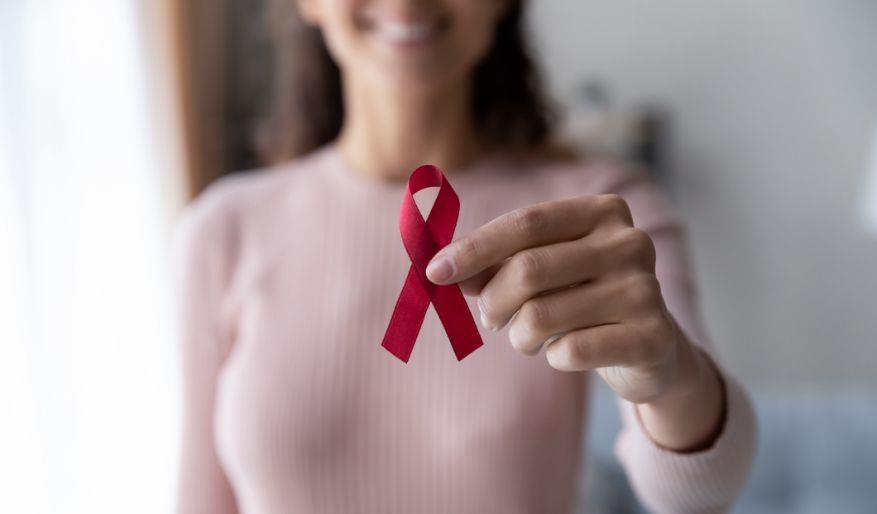Our Doctors
Meet all the doctors from Cleveland Clinic Abu Dhabi.
View Doctors
What you need to know: 5 of the most common breast cancer myths explained

Breast cancer is one of the most talked about cancers. Increased awareness and openness around the disease are a good thing. However, with all the talk around breast cancer, it is inevitable that some misconceptions are shared. Here, we look at some of the most common breast cancer myths and share the facts.
Truth: Not everyone with cancer can feel a lump. In fact, in the early stages, breast cancer does not usually cause a lump. Early changes to look for can include swelling, pain, dimpling or an inverted nipple.
As cancer can often start without a noticeable lump, it is important to have regular screenings, such as mammograms, which can detect any changes before they are noticeable. Self-examination is also an important part of breast awareness. If you do notice a lump or any other changes in the way your breasts look or feel, talk to your doctor.
Truth: This is not always true. Most women don’t report pain as one of the first signs of their breast cancer. However, some fast-growing cancers can be painful.
Occasional pain and soreness in the breast are common and can be caused by hormones, cysts or even stress. However, if you are experiencing pain in one particular part of the breast, you should speak to your doctor.
Truth: Mamograms are still important in women with lumpy breast tissue.
Almost half of all women have dense breast tissue. This is caused by milk glands, milk ducts and connective tissue, which all appear white on a mammogram. As cancer can look the same way on a mammogram, women with denser breast tissue may need a different screening method, such as 3D mammography,an MRI to improve detection, or ultrasound
Truth: No one can diagnose cancer by touch alone. A diagnostic biopsy is the only way to get a cancer diagnosis.
Being breast aware is an important part of the diagnosis process. Regular self-examination, looking for any lumps or changes in the way your breasts look and feel, allows you to familiarise yourself with what is normal. You must discuss any changes you notice with doctor, who will then recommend the most appropriate diagnostic test. Depending on your age, this could be a mammogram, ultrasound or if a lump is found, a biopsy.
Truth: Nipple discharge can be caused by many things, and it is usually harmless. Hormonal changes can cause discharge and milk can be left behind in the ducts for several years after breast feeding.
If discharge appears when the breast has not been squeezed or if it contains blood, then this may be more of a concern. To rule out cancer, it is worth getting any discharge you are concerned about checked by your doctor.
Breast abnormalities are common and are not usually caused by cancer. If you do notice any change, it is always important to have it checked by your doctor as soon as possible.
Being aware of your breasts so that you notice any changes, along with regular screenings and check-ups, can help catch cancer in the early stages and increase your chances of successful treatment.